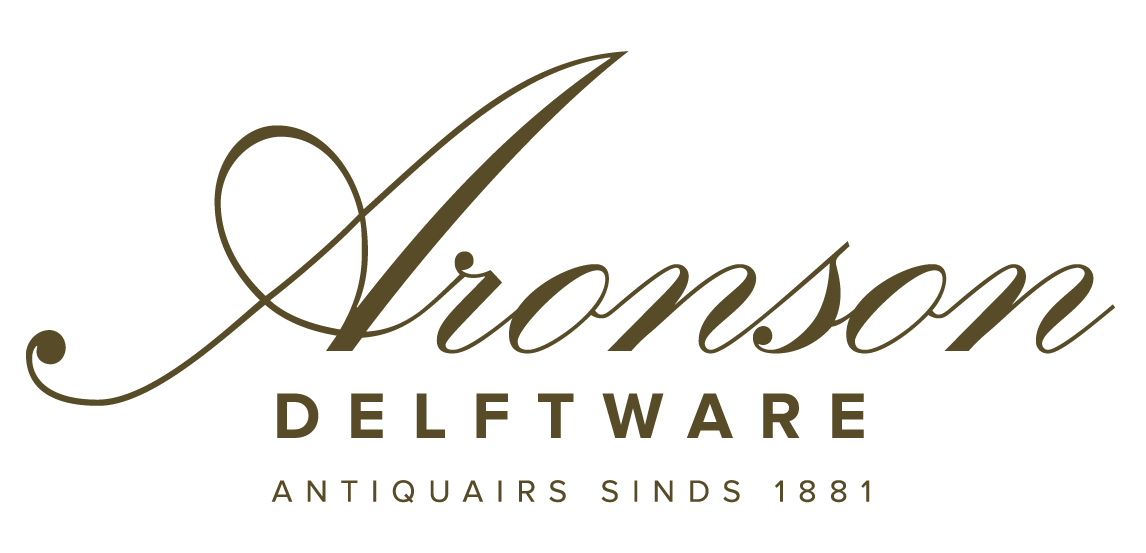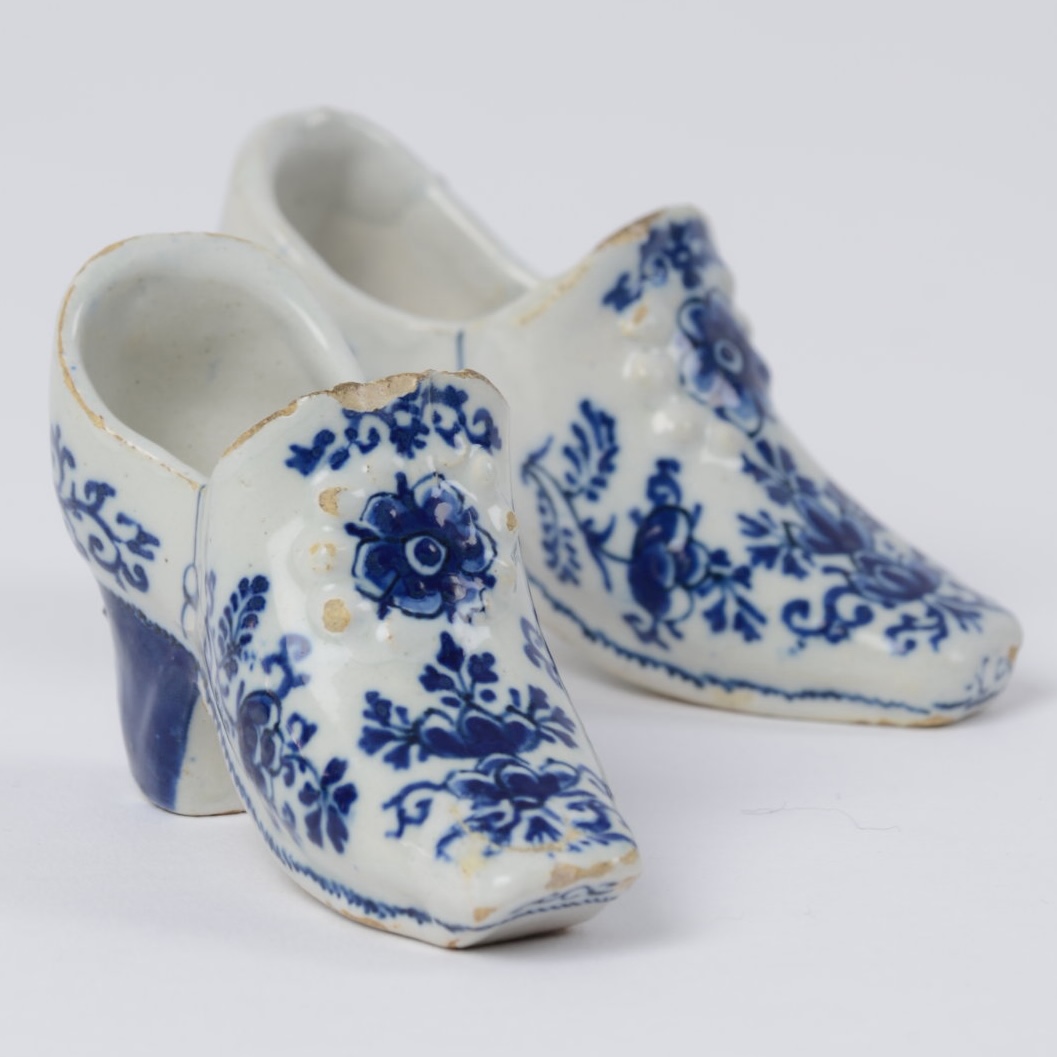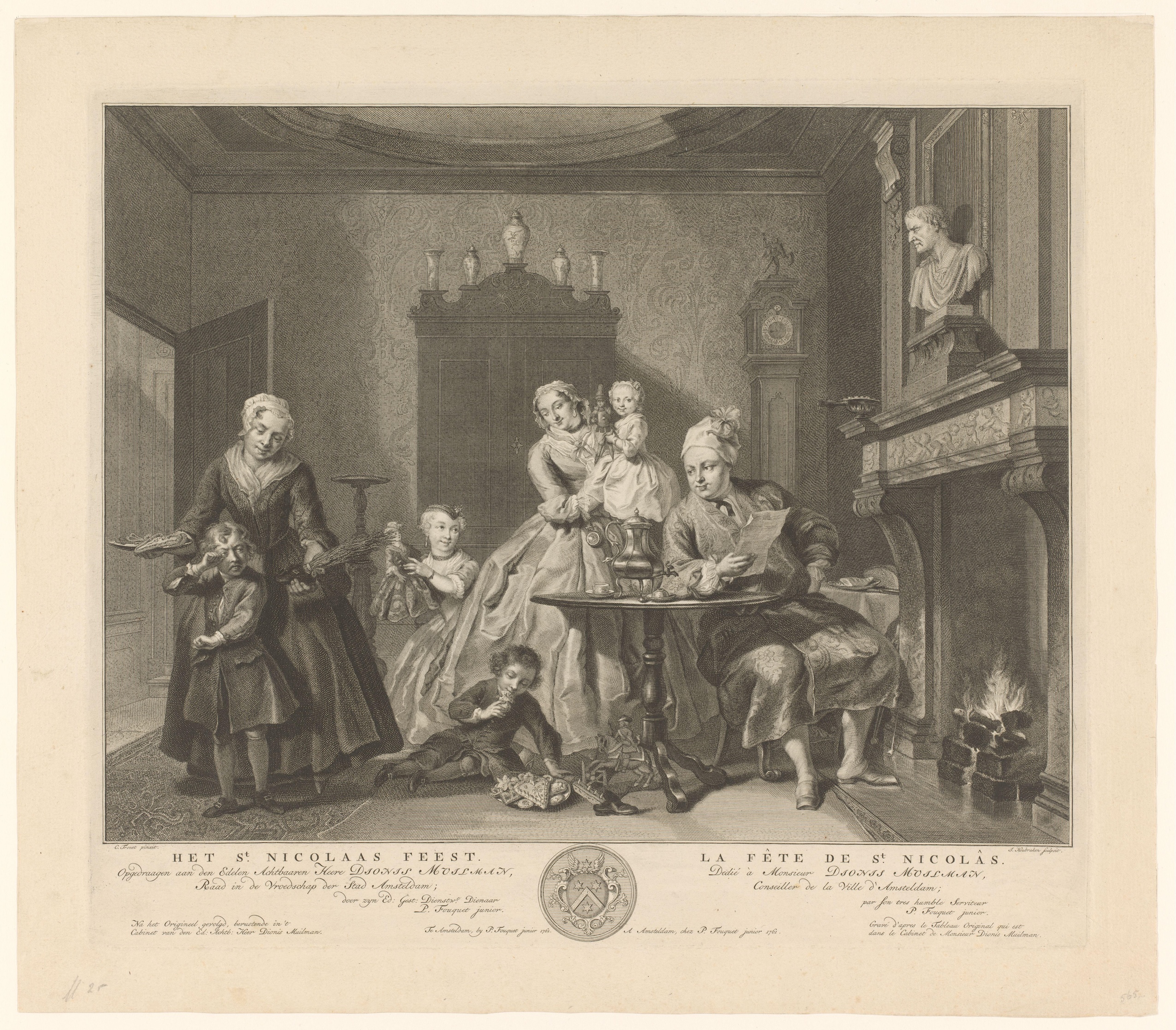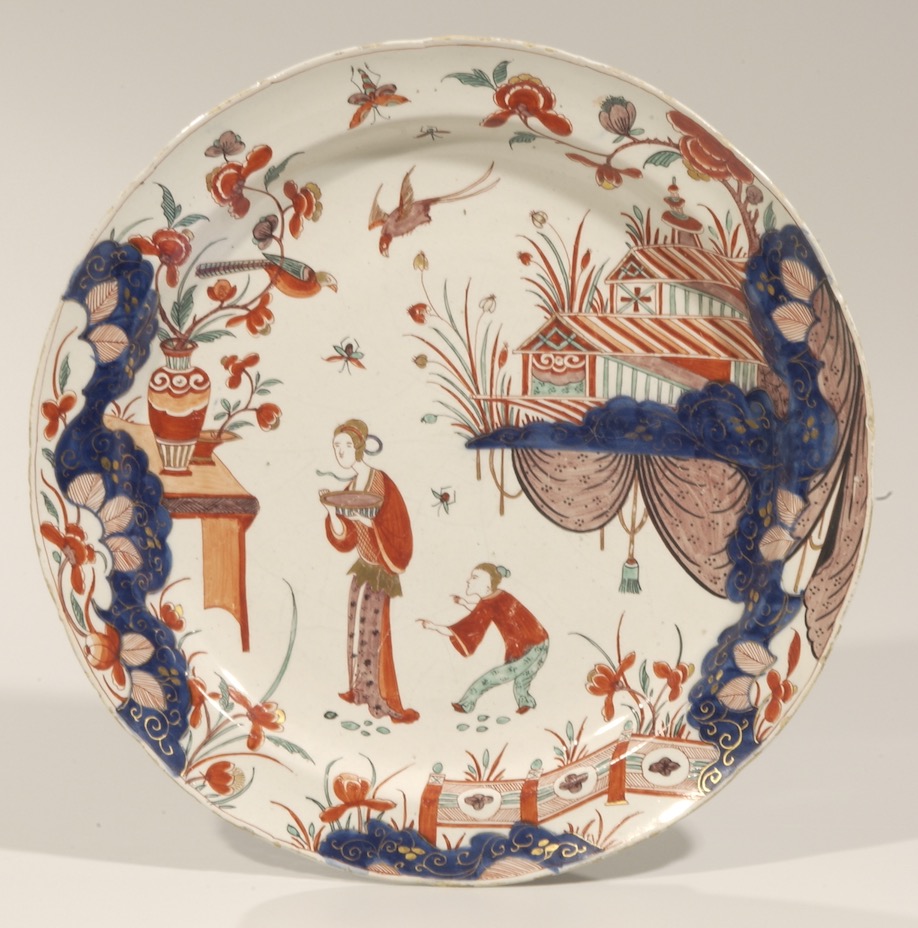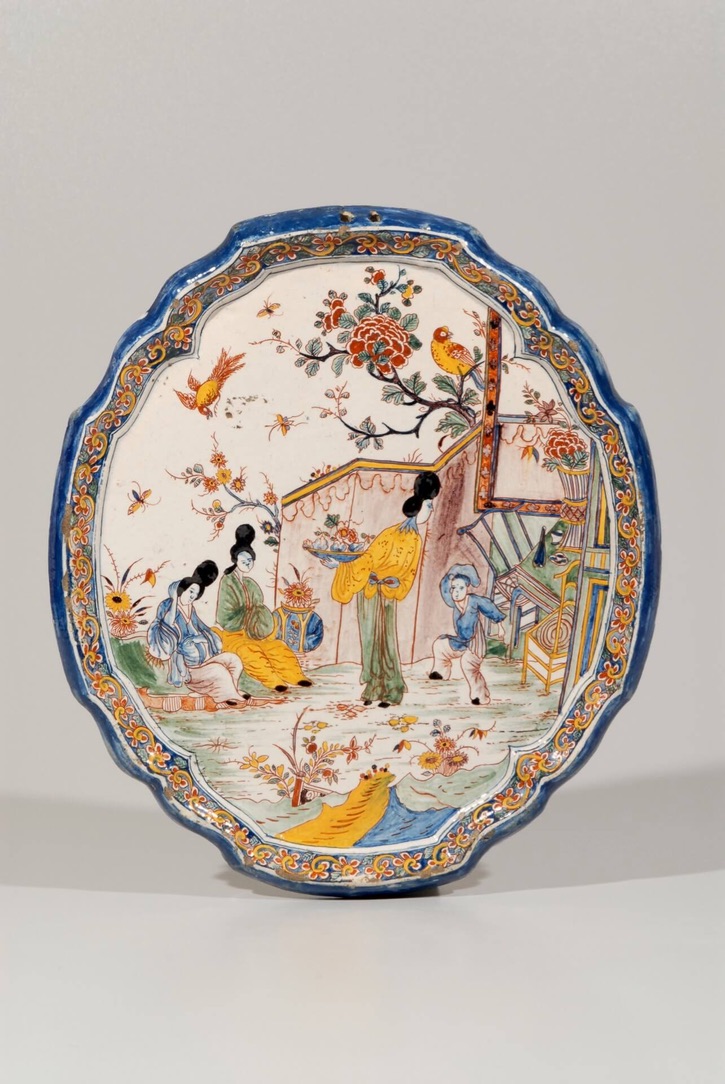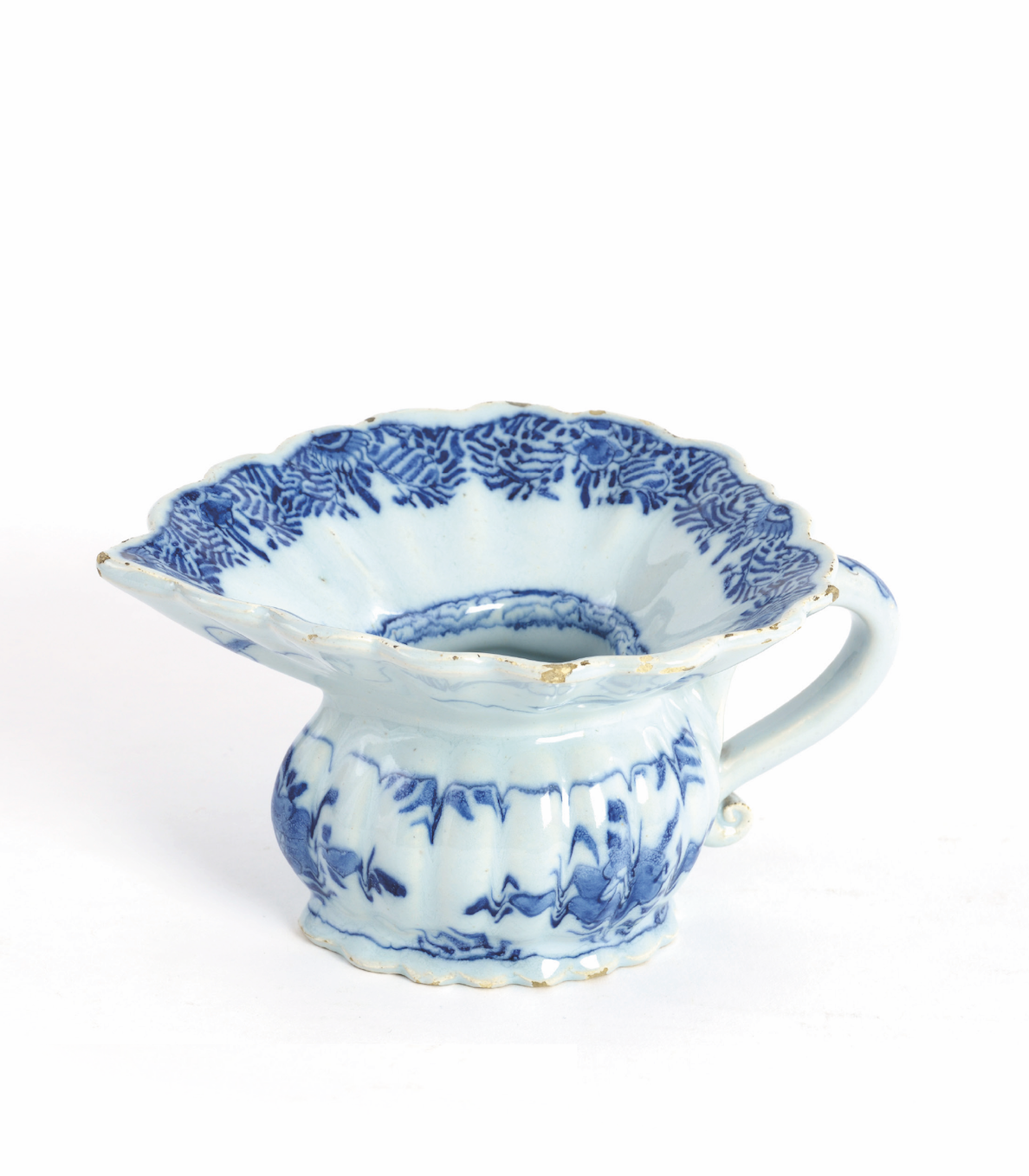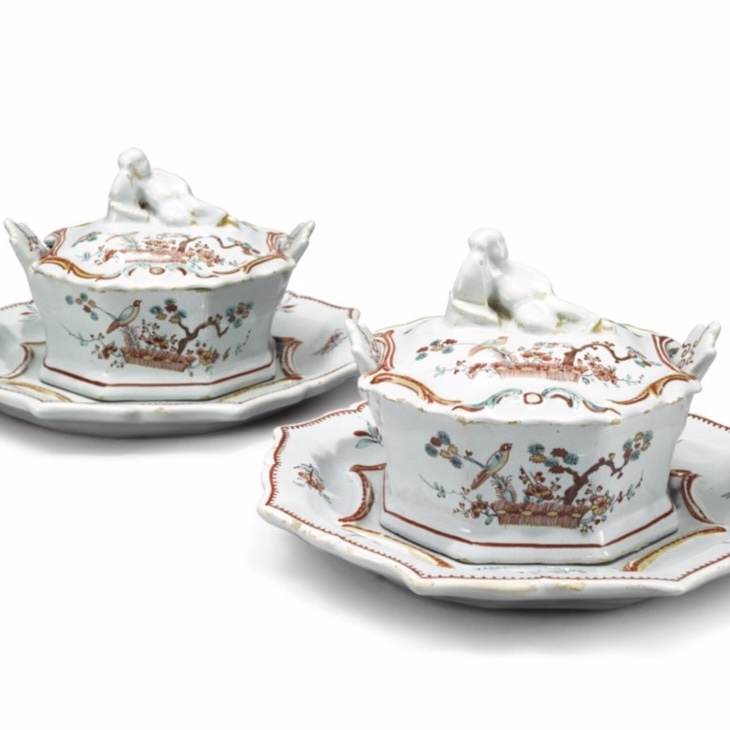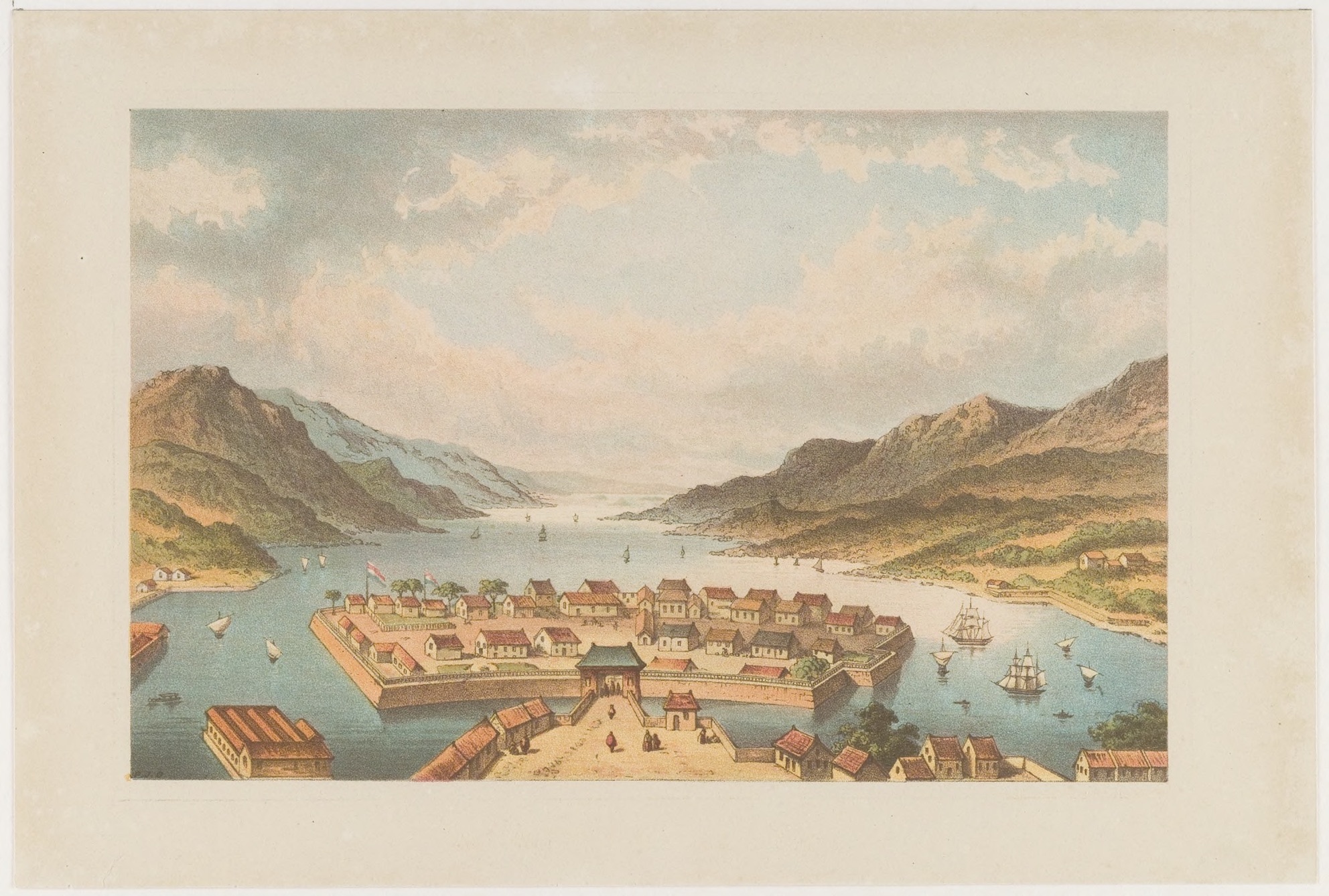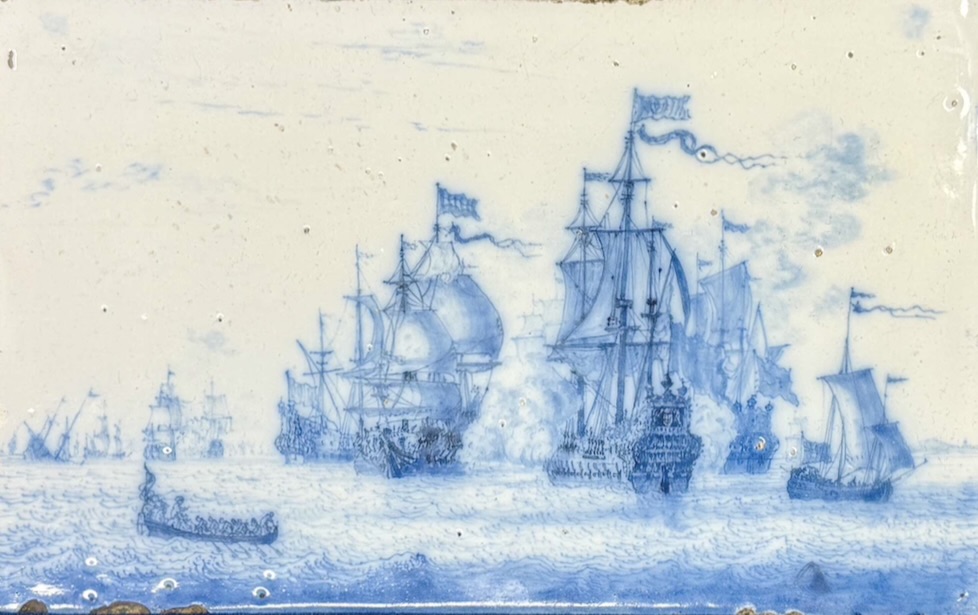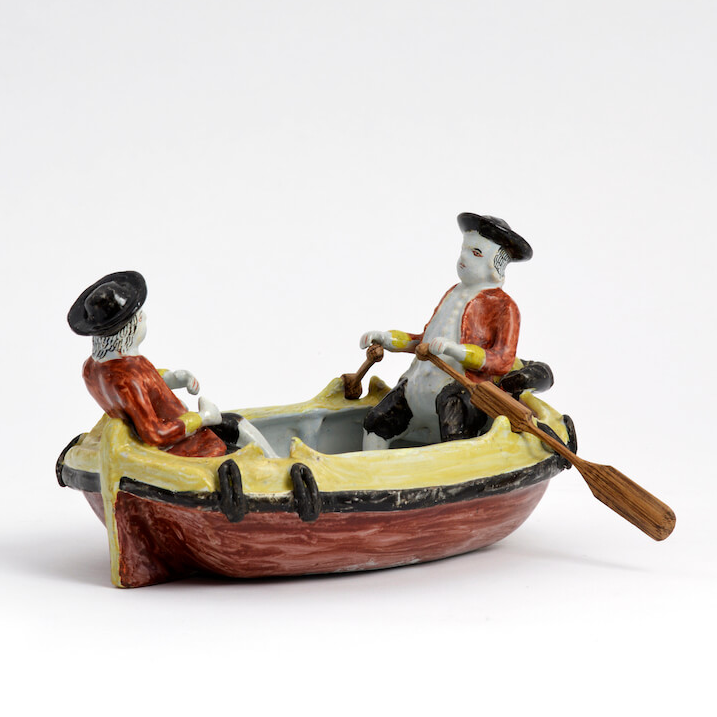Pair of Blue and White Models of Shoes
Every month, we highlight a remarkable piece from the Aronson Antiquairs collection. This month we present this beautiful pair of blue and white model of shoes, from circa 1760. Miniature ceramic shoes like this pair were commonly sold at annual fairs and regional markets throughout the Low Countries. While most examples are undated, some bear…
